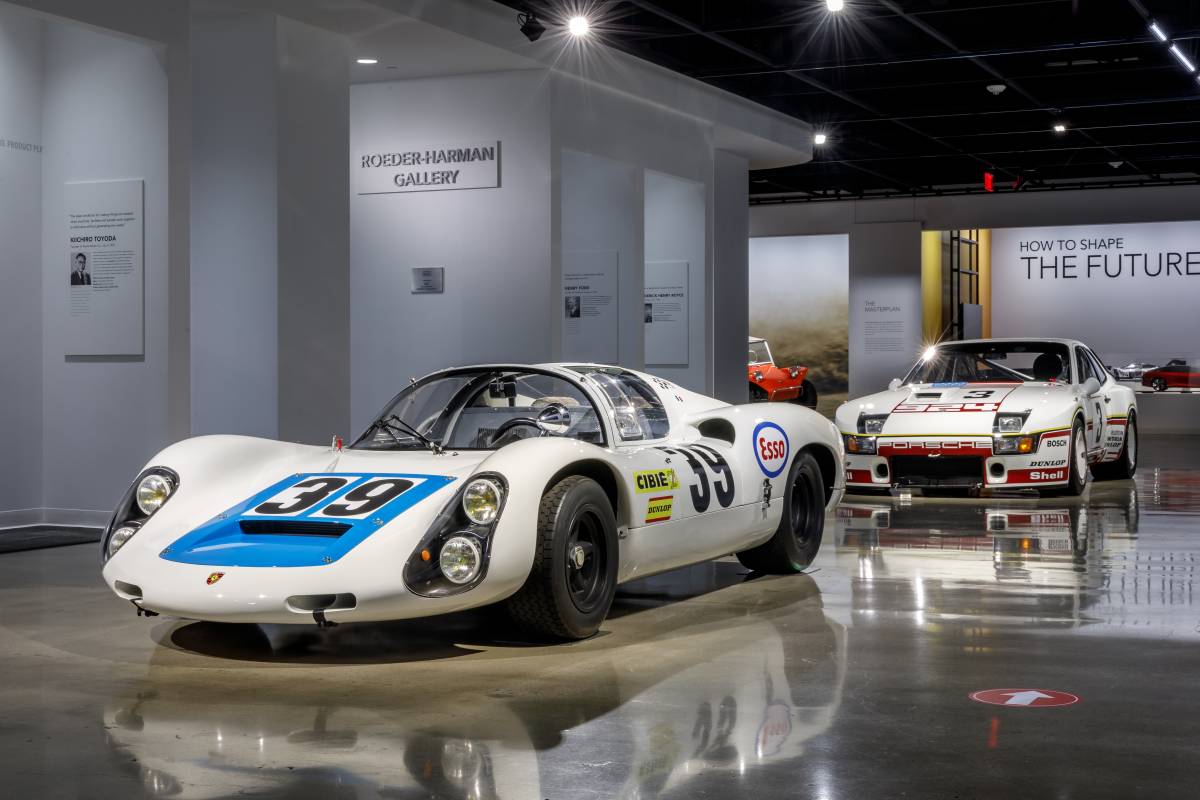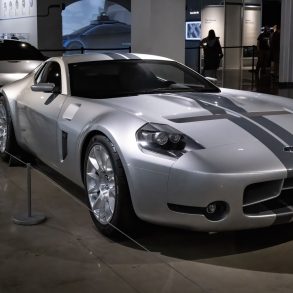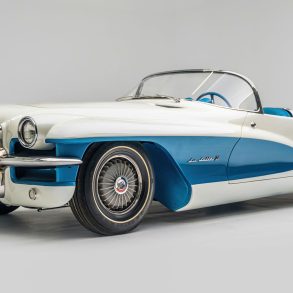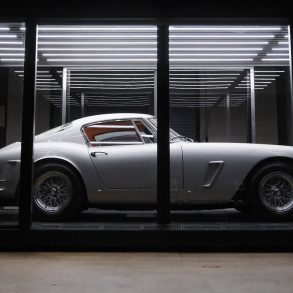Although Covid-19 has impacted our ability to travel and visit some of the greatest museums in the world, the Petersen Automotive Museum has stepped up to the challenges and provided car enthusiasts worldwide a special opportunity to see their exhibits. The Petersen Museum has just released its first-ever, full museum, and vault tour virtually to the public in a two-hour digital tour in honor of Giving Tuesday.
The virtual tour through the Museum not only covers its permanent collection but provides viewers a pass into its special exhibitions as well. The special exhibitions included in the virtual tour include:
- Supercars
- Extreme Conditions (off-road)
- Reclaimed Rust (the James Hetfield Collection) and
- Redefining Performance (Porsche)
A photo gallery of the Supercars exhibit can be seen here.

Some highlights of the ‘Extreme Conditions’ and ‘Redefining Performance’ exhibit can be seen below.
Extreme Conditions Exhibit
Traveling through sand, gravel, mud, or snow; off-roading is a well-known activity that is enjoyed by both competitors and outdoorsmen alike.

Extreme Conditions incorporates 11 custom competition, recreational, and utilitarian off-roading vehicles. See a variety of automobiles that have been custom-built to give them the capability to go on exciting off-road adventures.

In Southern California, back in the early 1950s, some four-wheel-drive owners got together and started arranging informal desert races. It was not long before these weekend activities spread to Arizona, New Mexico, and Nevada.
Almost two decades later, in 1967 and 1968, two of the greatest off-road desert races were established- the Baja 1000 and the Mint 400.


Although dune buggies and motorcycles that were made specifically for desert terrain were in production, the racers began to customize their stock vehicles to be able to handle off-road conditions.
This led to the Baja Bug, the Jeep, and a variety of four-wheel-drive trucks by Chevrolet, Ford, and Dodge.

In the following decades, more customizations were done on the vehicles to dominate in off-road racing. Although there are a lot of production vehicles that are capable of going on off-road and navigate on unsurfaced roads, they were normally were not up to the challenge for the more extreme terrains.
Modifications like body lifts, locking differentials, suspension lifts, larger tires, and other modifications are required to make these vehicles a real off-road champ.

Porsche- Redefining Performance Exhibit
Ferdinand Porsche was born in 1875, and even as a child, he had had a deep interest in engineering. At only 24 years old, Porsche created the world’s first all-wheel drive race car.

By 1931, he had already created his own design and engineering studio. His unrelenting perseverance to deliver the greatest potential results with the fewest resources became so heavily associated with him that it became known as the Porsche Principle.
This principle stood the test of time and has been the standard that has guided not just the racing department, but the company itself.


Just weeks after the very first Porsche (356-001) made its debut in 1948, it scored a class victory in the first race in Austria after the end of World War II.
Just three years later in 1951, Porsche entered in one of the most grueling races in the world, the prestigious 24 Hours of Le Mans, and won the 1.1-liter class with the 356 SL.

Porsche’s following innovations in turbocharging, aerodynamics, power delivery, braking, and other characteristics of vehicle design assisted in Porsche to claim 19 overall victories and many class wins at the 24 Hours of Le Man.

Currently, the Weissach Development Center of Porsche is one of the most esteemed automobile engineering centers in the world.
[Source: Petersen Museum]










